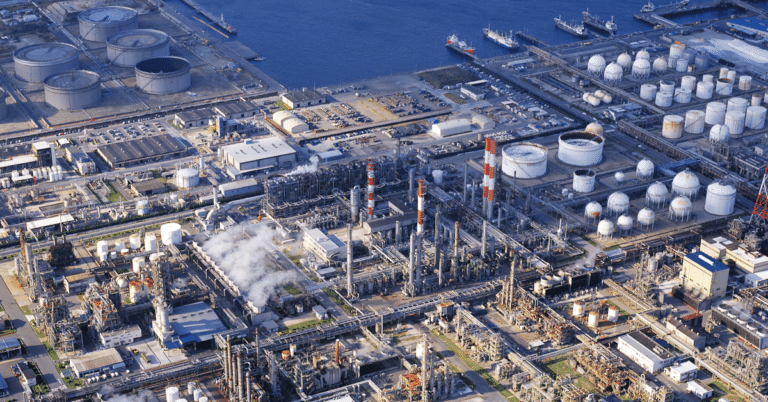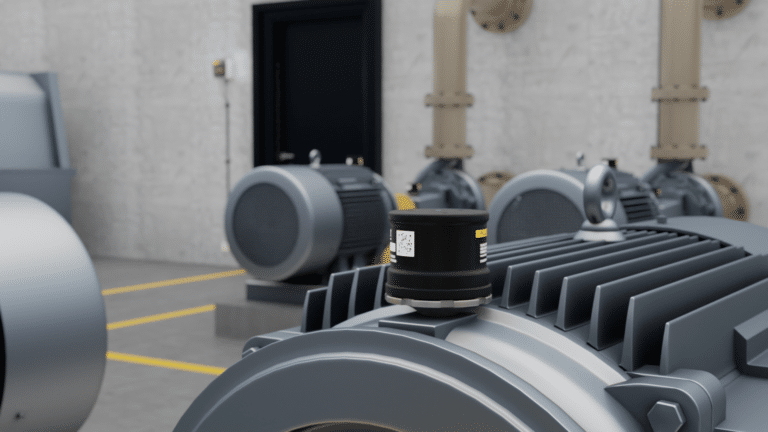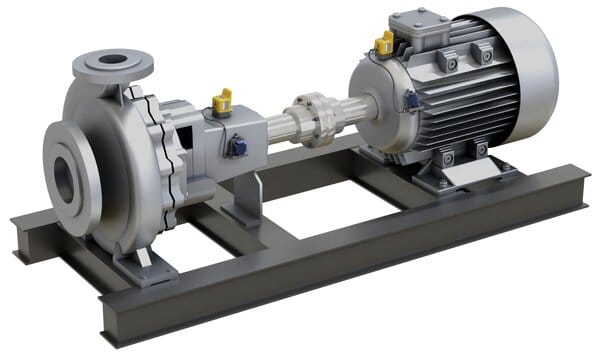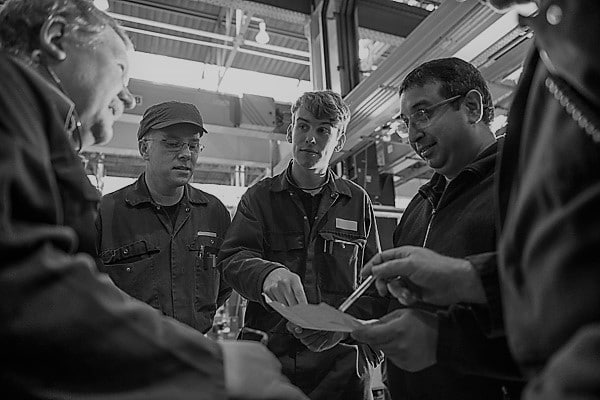Condition monitoring is a maintenance strategy that uses IIoT (Industrial Internet of Things) tools to measure asset health parameters in real time. Technicians use condition monitoring data – like vibration levels, temperature, and oil quality – to identify machine faults early on, helping them quickly and easily make repairs.
In this article, we’ll discuss the chief benefits of condition monitoring, as well as get into how condition monitoring can facilitate predictive maintenance. We’ll also look at an example of how condition monitoring works in the real world.
What are the Benefits of Condition Monitoring?
Every operation is different, but the benefits of condition monitoring are consistent across the board. Condition monitoring gives you data-driven insights into your assets’ maintenance needs so you can stay ahead of machine failure. That’s because the more you understand the health of your equipment, the better you can plan your maintenance schedule, inventory needs, and budget.
Condition monitoring is key to purposeful planning and smart resource allocation. Here are just a few of the top benefits of condition monitoring:
- Drastic reductions in downtime: Condition monitoring identifies machine faults early so maintenance crews can get in and make repairs long before machine failure.
- Lower maintenance costs: Condition monitoring eliminates the need for many calendar-based preventive maintenance tasks, thereby reducing labor costs and driving down the cost of spare parts.
- Increased equipment lifespan: Well-maintained equipment lasts longer and runs more smoothly, which is key to extending the life of nearly any asset.
- Improved safety throughout the operation: When your assets are in good working order, your teams are safer. Properly maintained equipment also helps prevent failures that may damage other nearby assets.
- Greater productivity: Condition monitoring boosts uptime and keeps your equipment in good working order, which means sustained productivity.
How Does Condition Monitoring Integrate with Technology?
In the old days, condition monitoring was simple: mechanics used their eyes and ears to check that equipment was in good working order. But today’s plants are much more complex, and keeping equipment in good condition requires a focused, data-driven approach. That’s why a growing number of modern teams are incorporating AI solutions to condition monitoring.
Today’s condition monitoring systems consist of three main components:
- Hardware to collect machine data
- Software to organize and analyze data
- Human experts (and, in some cases, AI tools) to mine that data for insights
Data Collection for Condition Monitoring
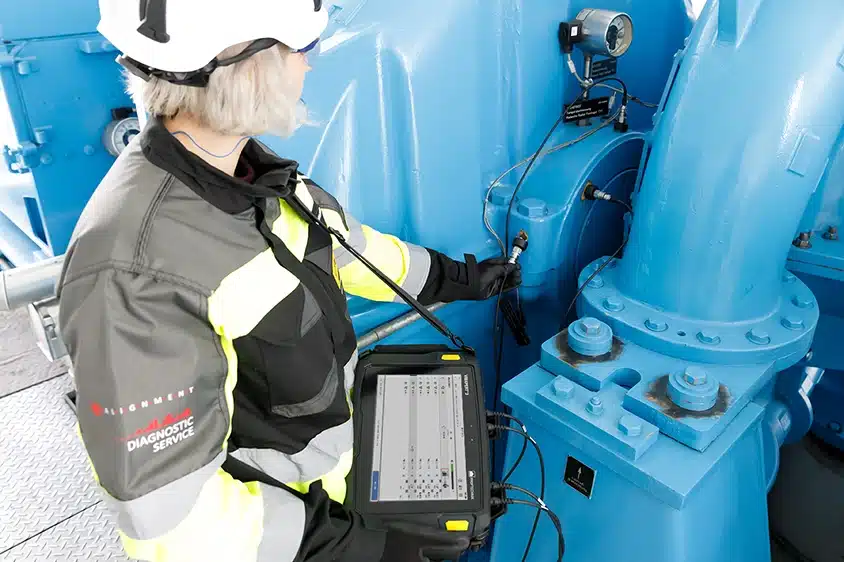
In a modern plant, condition monitoring involves using IIoT sensors to continuously collect data on machine health. Today’s sensors can be mounted on an asset or even in a hard-to-reach component so that teams can gather reliable data even while the machine is operating.
The more data you collect, the more detailed a picture you’ll have of your assets’ current health.
And IIoT sensors can stream condition monitoring data (like vibration monitoring data, temperature, and oil quality) to the cloud, where it is stored and analyzed.
Data Analysis for Condition Monitoring
Typically, analysis takes on a few different forms. For example, a Computerized Maintenance Management System (CMMS) software can automatically check condition monitoring data for anomalies – such as unusual asset temperatures or vibration levels. A good CMMS can even automatically generate work orders when condition monitoring data crosses a predefined threshold.
Condition monitoring experts can also analyze the data stored in a CMMS to diagnose machine faults before they become major issues. And because the data is stored in the cloud, working with remote condition monitoring experts is easy, even if you don’t have people with those skills in-house.
AI-powered software – like Azima DLI’s diagnostic engine – can also effortlessly analyze in-depth data to diagnose new and developing machine faults. This cutting-edge technology provides maintenance teams with the information they need to shift to a predictive rather than reactive maintenance approach.
Real-world Examples of Condition Monitoring
Just about every kind of operation – from world-class breweries to maritime engineers – can benefit from a strong condition monitoring program.
Take the case of the Holcim Deutschland Group, a leading global producer of high-quality cement. The company needed a solid asset performance management approach to ensure their rotary kiln stayed up and running. Without the kiln, the whole plant would grind to a standstill.
Technicians mounted Vibguard vibration and temperature sensors on Holcim’s kiln and connected the sensors to data analytic software so that they could monitor their most critical asset in real time. The platform also enabled remote monitoring. Almost immediately, the condition monitoring system allowed Holcim technicians to spot developing problems with the kiln’s fans, allowing them to prioritize maintenance tasks so that teams could correct those faults early.
Predictive Maintenance: The Future of Condition Monitoring
The benefits of condition monitoring are already significant. And those benefits get even more striking when you combine effective condition monitoring with a predictive maintenance strategy.
Predictive maintenance is a maintenance approach that uses data-driven insights to predict your future maintenance needs. This approach builds on condition monitoring data and work order history to create a comprehensive picture of each asset’s needs, helping maintenance teams anticipate and prevent upcoming issues.
AI solutions such as Azima DLI already use a predictive maintenance model to help users ensure their plants remain up and running. Looking ahead, we can expect to see wider adoption of this approach – and as a result, we can look forward to increased uptime, greater productivity, and lower maintenance costs.

